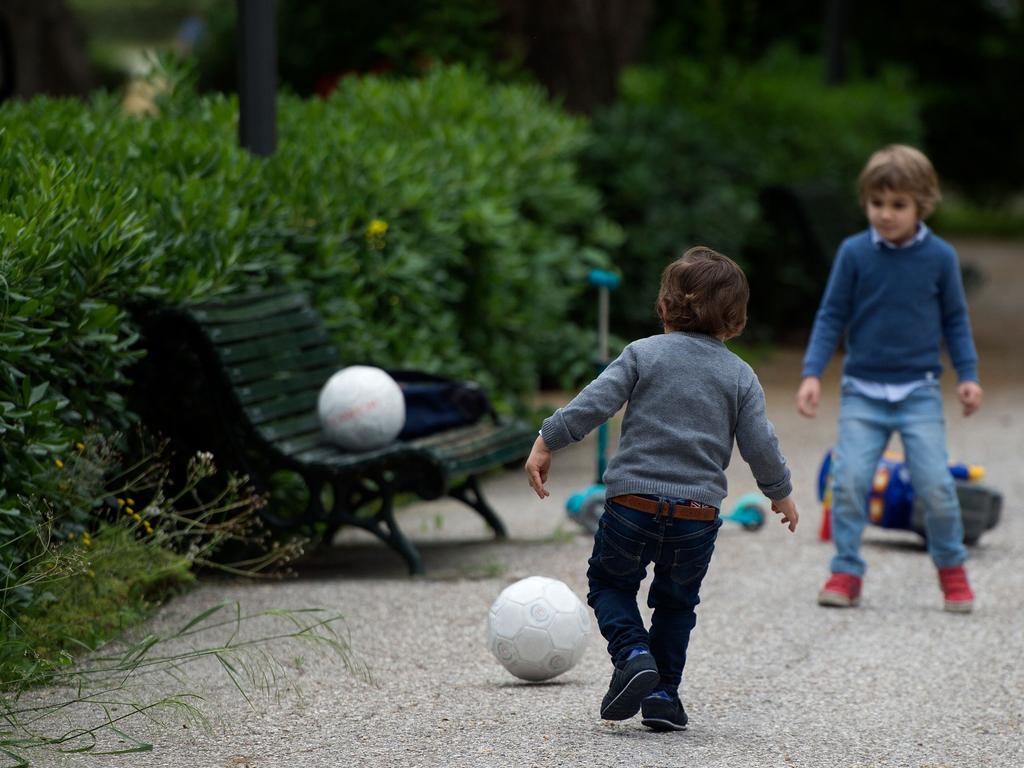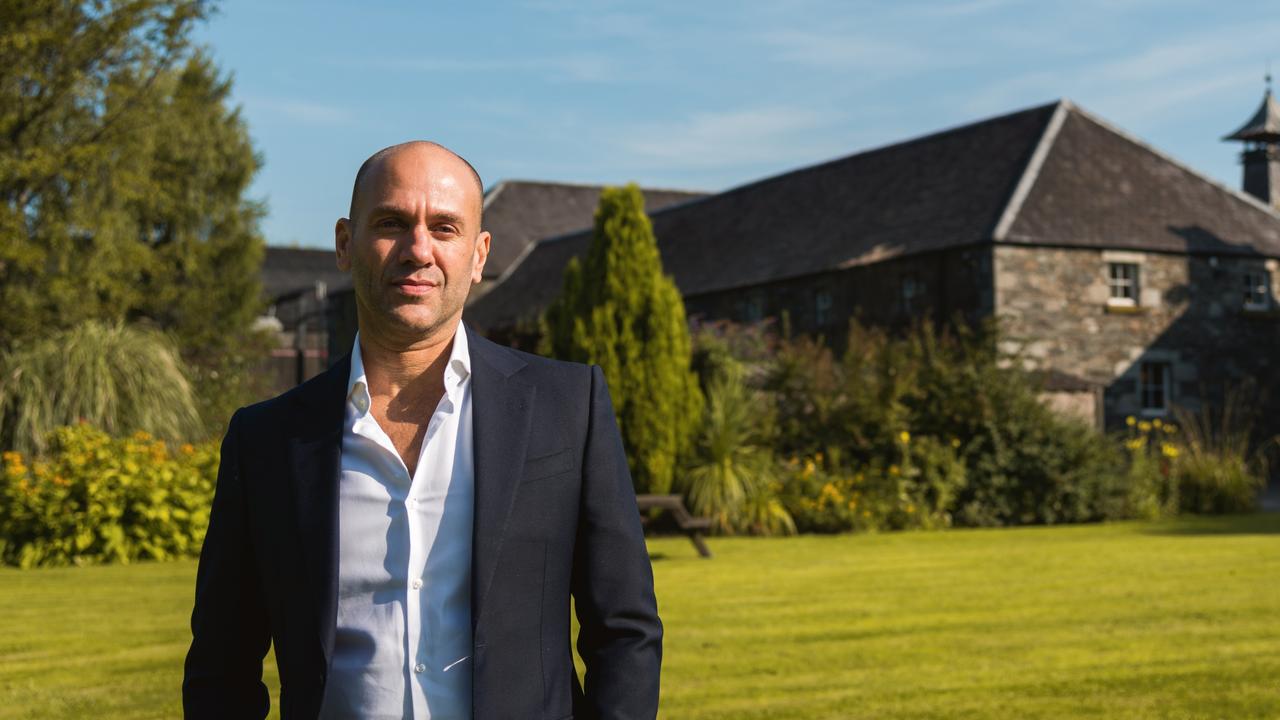Coronavirus Australia: How to cure kids culture shock as school returns
Readapting to normal can elicit the same anxiety many children felt during the pandemic. Taking it step by step will help the transition.

A W-shaped curve is used to visually represent reverse culture shock, depicting the high and low waves of a transition to the once familiar.
The notion was coined in the 1960s by US psychologists John and Jeanne Gullahorn to describe the jarring transition travellers experience when they return home.
It is this anxiety that children may feel as they transition back to classroom learning part-way through Term 2.
As states and territories phase back face-to-face lessons, families around the country will emerge from weeks spent bunkering down. Slow breakfasts at the dining table will be replaced with the rushed morning routine.
In NSW, state schools begin a phased return from Monday.
Readapting to normal can elicit the same anxiety many children felt during the pandemic, says occupational therapist Kate Woods.

“We’ve all been in this heightened space. Everything is very unexpected and we don’t have any control over the decisions being made,” she says.
Starting the day with movement to help regulate emotions can give children the mental flexibility to adapt to change.
“Sometimes kids will just benefit from going on the trampoline before breakfast because it means they are waking up all the muscles in their body and getting that input back to the brain.
“At my practice we always ask is this child ready to engage or do we need to do some really basic exercises like crab crawls and wheelbarrows to get the muscles active and switch on the brain.”
For some children, returning to school will mean a reunion with classmates. Others may have thrived during home-learning, away from the social dynamics of the classroom setting. Parents can work on a visual plan to map out what the return to school will look like and ease anxiety, Woods says.
“You can visually draw what the expectations are. Things like setting the alarm, getting up and putting on your uniform and working with the clock to get to school on time.”
Test runs for school days can help reinforce the habit of preparing for school and consolidate a new routine.
Extra support needed
The return to the classroom is also likely to reveal discrepancies in children’s learning outcomes. Grattan Institute education fellow Julie Sonnemann warns this is likely to be more severe in children from disadvantaged backgrounds.
While comparable data of remote learning during a pandemic is not available, research from the US highlights how disadvantaged children fall behind during summer holidays.
“We know that they actually go backwards in their learning so they forget concepts they have learnt,” she says.
“All kids have this, but disadvantaged kids have the most exacerbated effects. They can return to school one or two months behind from where they left off.”
Ms Sonnemann says extra support will be required in the classroom, such as one-on-one and group tutoring for students who are struggling with the academic work.
“They’ll catch up relatively quickly with this. But there will need to be direct efforts to help the kids that have fallen very far behind.”
Parents can also consolidate their children’s progress by helping them return to a routine of regular homework.
Kelly-Ann Allen, an educational and developmental psychologist and senior lecturer at Monash University, notes schools are often a “predictable and familiar place of routine and clear expectations”.
“Teachers can harness this predictability. Their roles as stable and familiar people to children can be hugely important for transition and adjustment.”
Allen, whose research focuses on belonging in schools, notes that teachers can build on strengthened rapport developed during lockdown.
“It has been interesting to talk to teachers about their connections with children during remote learning. Those that have spent time over digital platforms like Zoom feel that they have never before had such insight into students’ lives.
“They have had an opportunity to see the child’s pets, their favourite toys and their home environment. It has been a chance to get to know their students on a deeper level.”
‘‘Normality’’ in the school environment is still likely to be a long time coming, with assemblies, sports carnivals, excursions and other events that foster school spirit and bonding unlikely to be reintroduced for a while in some places.
However, schools are well placed to harness the ‘‘unity’’ aspect of the pandemic.
“Communities often grow stronger after an adverse event. This event should be no exception and schools have unique communities to ensure this happens,” Allen said.
“While isolation has brought challenges to family life, the slowed and pared-back pace of daily life has been a welcome respite for many.”
Kate Woods encourages families to reflect on the positive effects of time isolation and consider what can be held on to during the readjustment. A list of pros and cons can help sketch out the lessons a family has learned from lockdown. Perhaps family boardgame night is now a weekly event.
“Families have enjoyed doing these small things with their kids. They can say we’ll just take it step by step and think of the pros and cons and how we can make some things more ongoing once we do go back to normal,” she said.
“Being able to have that time for family together has been about connection. It’s meant that we’ve all needed to have a level of understanding and empathy. This has united us.”





